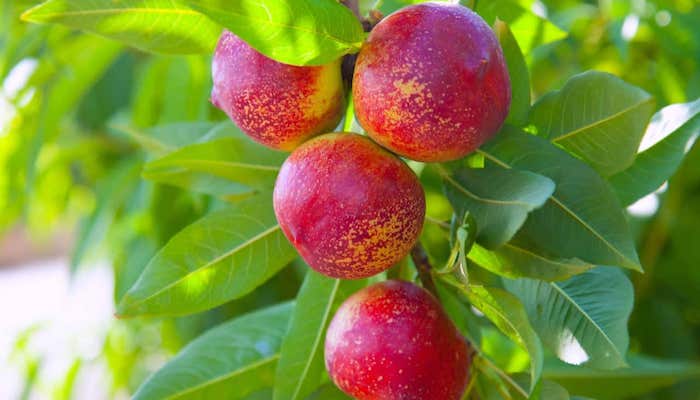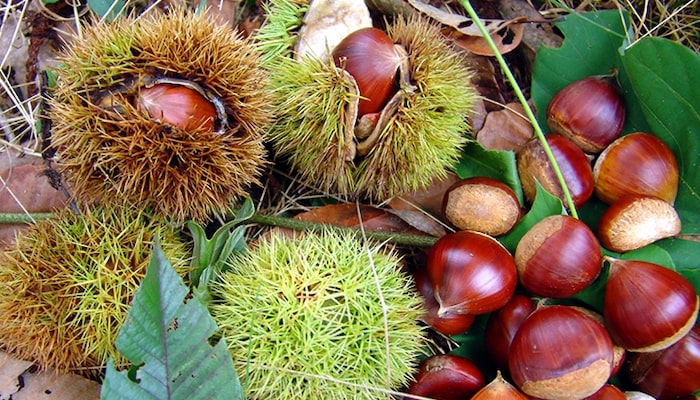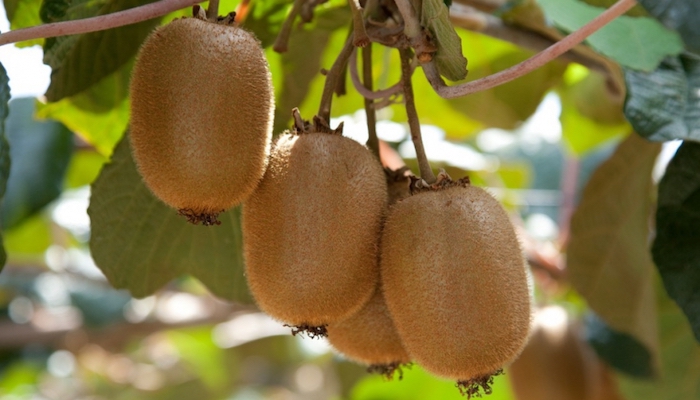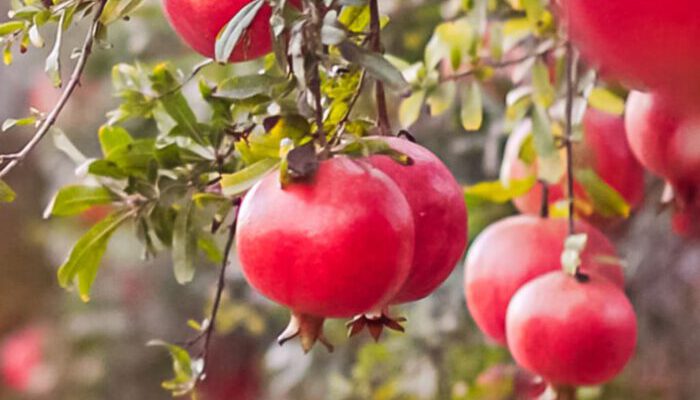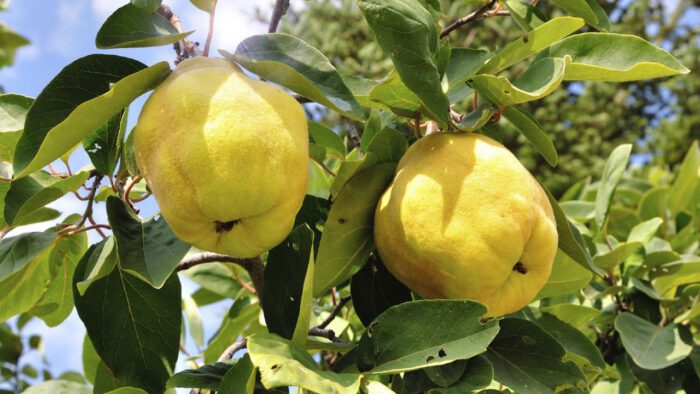Turkish Pear and Types of Pears
Pears, known for their succulent sweetness and juicy flesh, have been cultivated for thousands of years and hold a cherished place in the world of fruits. As one of the oldest cultivated fruits, types of pears come in a wide range of varieties, each boasting its unique taste, texture, and appearance. Among the leading producers of pears, Turkey stands out as a significant contributor to the pear industry, offering a diverse array of delightful pear types.
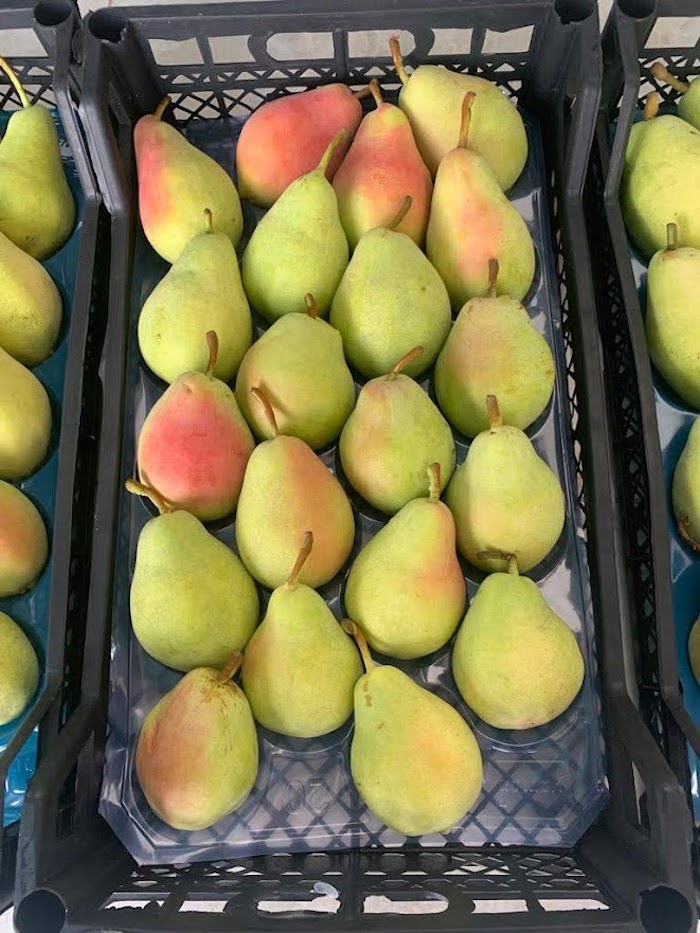
When we look at the world pear market, approximately 24 million tons are produced annually. While China is in the first place with 17 million tons of this, the USA is in the second place with 661 thousand tons, Argentina is in the third place with 595 thousand tons, and Turkey is in the fourth place with 531 thousand tons.
Russian Federation ranks first in pear imports with 220 thousand tons, Indonesia ranks second with 217 thousand tons and Germany ranks third with 164 thousand tons.
What Are The Types Of Pears in Turkey?
Turkey’s diverse climate and fertile lands have fostered a thriving agricultural industry, and among its delightful produce, types of pears hold a prominent place. Among the numerous pear varieties cultivated in the country, best pear varieties in all world are Santa Maria and Deveci pears stand out for their unique flavors and visual appeal.
Turkey produces approximately 600.000 tons of Santa Maria and Deveci types of pears annually. The volume may vary from year to year depending on factors like weather conditions, market demand and price balance. Santa Maria types of pears in produces more than Deveci types of pears in Turkey. As Orko Export we export and wholesale both types of pears from Turkey, we are one of the Turkish Pear Exporters companies in Turkey. If you need a trustable and experienced Turkey pear exporter companies, feel free to contact with us.
Santa Maria Pears:
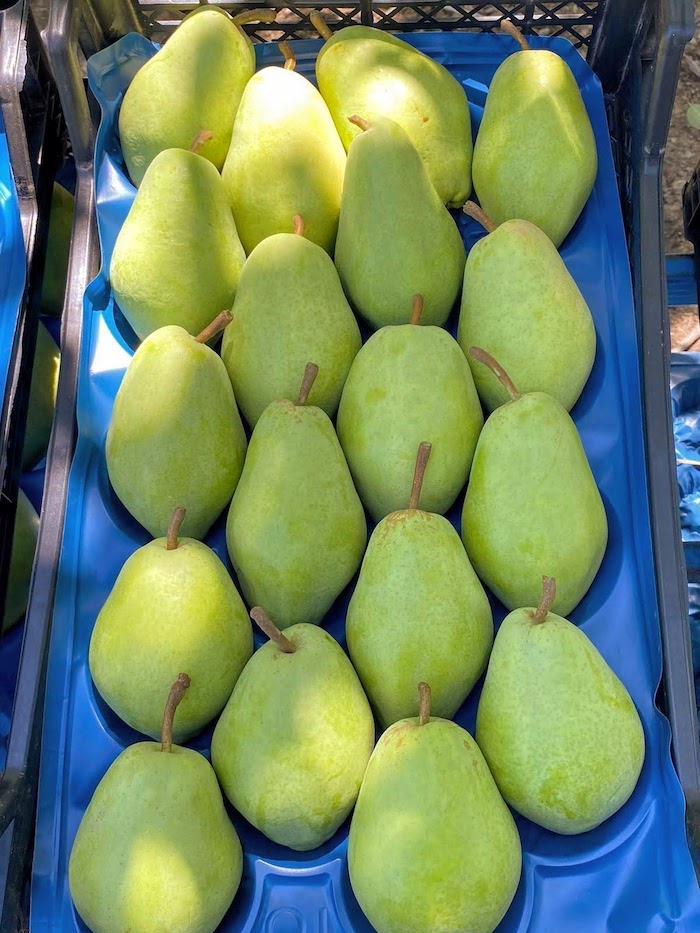
Santa Maria pears, known for their elegant appearance and sweet taste, have gained popularity among pear enthusiasts both in Turkey and internationally. These pears have a bell-like shape with smooth, green-yellow skin, and their juicy, aromatic flesh offers a delightful combination of sweetness and subtle tartness.
Santa Maria pears are primarily cultivated in the Aegean and Marmara regions of Turkey. These regions are known for their moderate climate, fertile soils, and suitable growing conditions for pear trees. Provinces such as Izmir, Manisa, and Bursa are significant contributors to the Santa Maria pear production in Turkey.
Deveci Pears:

Deveci pears, also known as “Winter Pears,” are esteemed for their long shelf life and exceptional flavor. These pears have a round to slightly elongated shape with a smooth, yellow-green skin, often featuring a light red blush. Their firm and crisp texture, along with their juicy and sweet taste, make them a favored choice for fresh consumption and various culinary applications.
Deveci pears are primarily grown in the Aegean and Marmara regions, similar to Santa Maria pears. Provinces like Balıkesir, Bursa, and İzmir have the ideal climate and soil conditions that support the successful cultivation of Deveci pear trees.
As of September 2021, Turkey’s annual Deveci pear production was estimated to be around 25,000 to 30,000 metric tons. This production volume is subject to fluctuations based on environmental and market factors.
What Are The Pears Species in World?
You can find so many different types of pears in different countries. Below pears are the most popular kinds of pears.
Packham Pear:
The Packham pear, also known as the Packham’s Triumph, traces its origins back to Australia. It was developed by Charles H. Packham in the mid-19th century, who was a horticulturist and nurseryman in the region of Molong, New South Wales. The variety is a result of a chance seedling that was later propagated due to its exceptional taste and characteristics.
Countries of Production Today, the Packham pear has become a globally popular cultivar. While its origin lies in Australia, it is now cultivated in several countries across different continents. Major producers of Packham pears include Australia, Argentina, South Africa, China, and the United States. Its adaptability to various climates has made it a favorite among farmers in diverse regions.
The Packham pear is one of the most commercially significant pear varieties globally. While precise figures may vary from year to year, it consistently ranks among the top varieties in terms of production volume. Combined, the countries mentioned above produce millions of tons of Packham pears annually, contributing significantly to the world’s pear production.
Williams Pear:
The Williams pear, also known as the Bartlett pear in the United States, finds its roots in Europe. It was discovered in the late 18th century by a schoolmaster named John Stair in Berkshire, England. However, its true propagation and popularity came about when it was introduced to the United States by a Massachusetts farmer named Enoch Bartlett, leading to the alternative name, “Bartlett pear.”
Countries of Production Similar to the Packham pear, the Williams pear has experienced global expansion in cultivation. It thrives in a temperate climate and is widely grown in countries such as the United States, China, Argentina, South Africa, and various European nations, with Italy, Spain, and France being notable producers.
Bosc Pear:
Bosc pears are renowned for their elegant appearance, featuring a long, slender neck and russeted skin. They have a dense, crisp flesh with a honey-like sweetness and a hint of spice. Bosc pears are popular for eating fresh, but they also hold their shape well when baked or poached, making them a favorite for desserts and savory dishes alike.
Production Areas: Bosc pears are widely cultivated in North America, particularly in regions with moderate climates like Oregon, Washington, and California in the United States. They are also grown in some European countries, including France, Italy, and the Netherlands.
Conference Pear:
Conference pears, characterized by their bell-like shape and green skin with russet patches, offer a harmonious balance of sweetness and tanginess. They have a slightly grainy texture and are perfect for enjoying fresh or adding to salads and cheese platters.
Production Areas: Conference pears are extensively grown in Europe, with the Netherlands being one of the leading producers. Other European countries like Belgium, the United Kingdom, and France also contribute significantly to the global production of Conference pears.
Comice Pear:
Comice pears are celebrated for their delightful appearance, featuring a rotund shape and colorful skin ranging from green to red. Their exceptionally juicy and buttery flesh offers a sweet, floral flavor, making them a true delicacy for fresh consumption and gourmet presentations.
Production Areas: Comice pears are prominently cultivated in the United States, particularly in Oregon and California. Additionally, France, Chile, and New Zealand are also major contributors to the global Comice pear production.
Kieffer Pear:
Kieffer pears are known for their versatility and adaptability to various climates. They have a smooth, greenish-yellow skin with a reddish blush and offer a firm, crisp texture with a slightly tart taste. Kieffer pears are commonly used for canning, baking, and making preserves.
Production Areas: Kieffer pears are widely grown in the United States, particularly in states like Texas, Louisiana, and Georgia. They are also cultivated in other parts of the world, including Argentina and Brazil.
Seckel Pear:
The tiny Seckel pear, also known as the “sugar pear,” is one of the smallest varieties available. Despite its size, it packs a flavor punch with its intensely sweet taste and slightly grainy texture. Seckel pears are perfect for snacking, baking, and adding a touch of sweetness to salads.
Production Areas: Seckel pears are predominantly grown in the United States, with regions like Oregon, Washington, and California being the primary producers.
Moonglow Pear:
Moonglow pears are recognized for their attractive golden-yellow skin with a slight blush of red. They offer a tender, juicy flesh with a delicate sweetness and subtle citrus notes. Moonglow pears are excellent for eating fresh, as well as for use in salads and desserts.
Production Areas: Moonglow pears are primarily cultivated in the United States, especially in states like California and Oregon.
Forelle Pear:
Originating from Germany, Forelle pears translate to “trout” in German due to their speckled skin, resembling the markings of a trout fish. They have a crisp texture and a subtle sweetness, making them an excellent choice for snacking, salads, and cheese pairings.
Production Areas: Forelle pears are grown in various regions across the globe, including the United States, Germany, South Africa, and Australia.
European Pear:
European pears are a broad category that includes several classic pear varieties, such as Bartlett, Anjou, and Bosc. They are typically sweet and juicy with a smooth texture, perfect for eating fresh and using in cooking and canning.
Production Areas: European pears are cultivated in various regions worldwide, including North America, Europe, Chile, Argentina, Australia, and New Zealand.
Yellow Pears:
The term “yellow pears” is a broad reference to various pear varieties with yellow skin and varying taste profiles. These pears can range from sweet and juicy to crisp and slightly tart.
Production Areas: Yellow pears are grown in many regions worldwide, depending on the specific variety. They can be found in various countries across Europe, North America, South America, and Asia.
You may also need Turkish Apple, check below for details.
